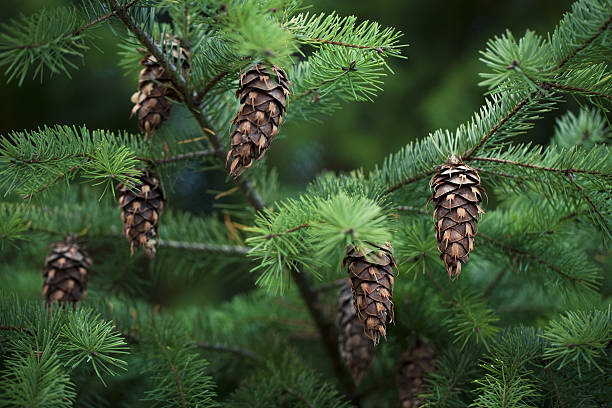Douglas fir

The Douglas fir is an evergreen conifer of the Pinaceae family. It is endemic to western North America and goes by several names, including Douglas-fir, Douglas spruce, Oregon pine, and Columbian pine. In big parks and gardens, the plant has decorative significance. Since the 1920s, it has been widely used as a Christmas tree, and the trees are mainly cultivated on plantations. Douglas Fir is also becoming increasingly popular in the art of bonsai.
Since the 1920s, the Douglas-fir has been the most common Christmas tree species in the Pacific Northwest. Almost all trees were taken from forest lands during the next 40 years. Since the 1950s, there has been a tremendous shift from growing trees in the wild to cultivating them on plantations. Today, few trees come from forest lands. An inner Rocky Mountain strain (P. menziesii var. glauca) has been widely planted in numerous midwestern state Christmas tree plantations. It is recommended because it can resist harsher growth conditions than seed sources from the Pacific Northwest.
It is still one of the most popular Christmas tree species in the United States. It is supplied to the majority of states, as well as the Hawaiian Islands, Guam, and several Asian markets. Plantation trees are typically shorn and yield a harvest in 7 to 10 years, depending on the location and growing region. Douglas-fir is a robust softwood that is commonly utilized for construction applications. The sapwood ranges from white to pale yellow, whilst the heartwood is orange-red with a strong contrast between earlywood and latewood.









